The 4,000-mile migration of native hummingbirds is about to begin – here's how you can help these winged wonders
From Alaska to Mexico, many hummingbirds travel astonishing distances during late summer
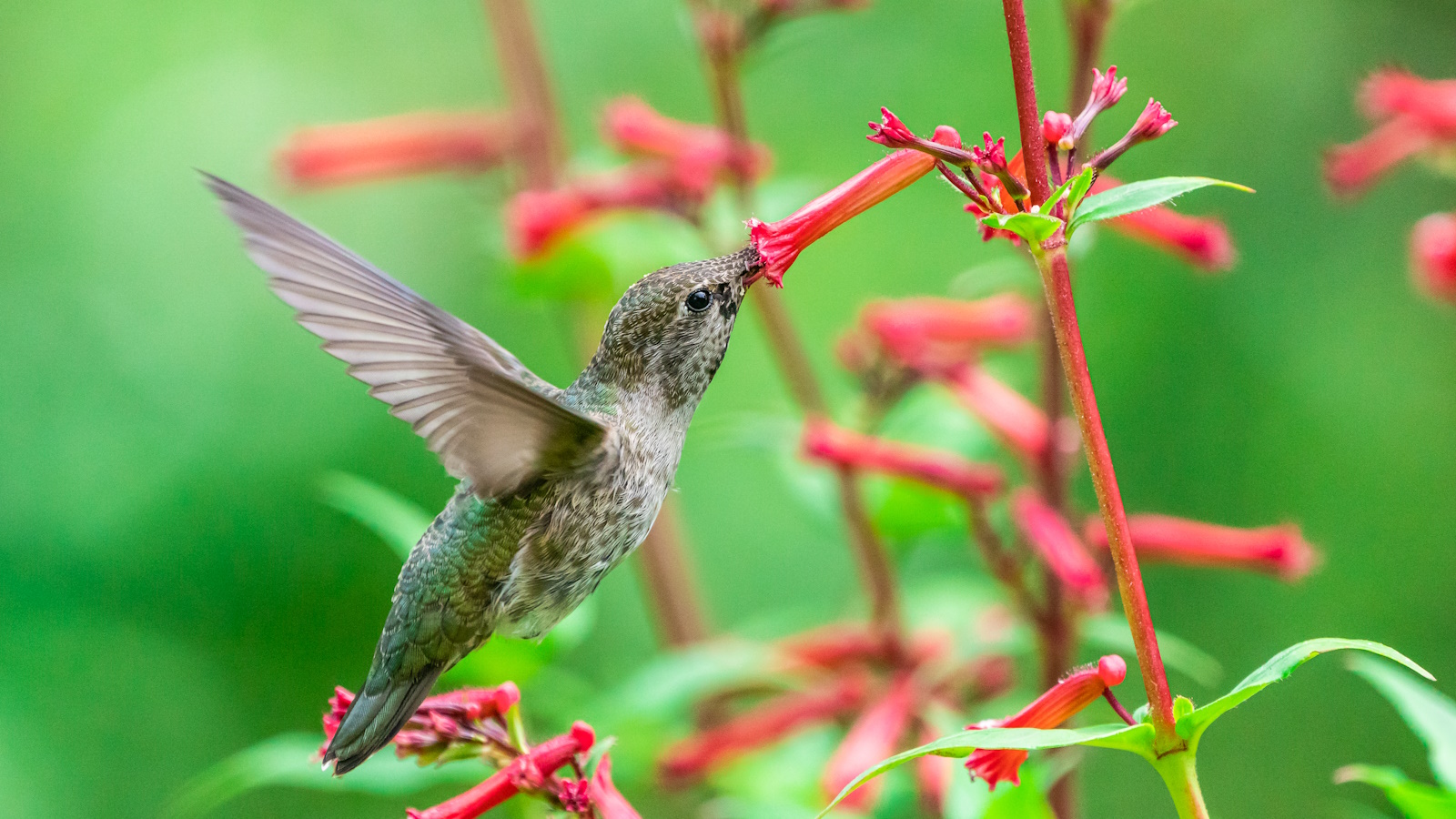

Found across North, Central and South America, hummingbirds are dazzling miniature birds that have long attracted our fascination. Every year, hummingbirds can be seen in backyard borders, feeding on nectar-rich blooms and flitting from plant to plant at frenetic speeds. They are always a welcome sight and a sign that your outside space is attractive to native birds.
Towards the end of summer, many hummingbird species from the United States migrate southwards for the cold winter months. This hummingbird migration is a remarkable phenomenon, with some species travelling up to 4,000 miles from Alaska to Mexico. One of the most recognizable species, the ruby-throated hummingbird, Archilochus colubris, seen in the image below, weighs under 3 grams but can travel 500 miles in under a day. Proof, I think, that small is mighty.
Sadly, over 191 hummingbird species from across the Americas are experiencing declining population trends, but there are ways you can help native species as they commence their migration. So, if you are looking for wildlife garden ideas this year, the following simple steps will have a big impact on all birds, including the warbler migration.
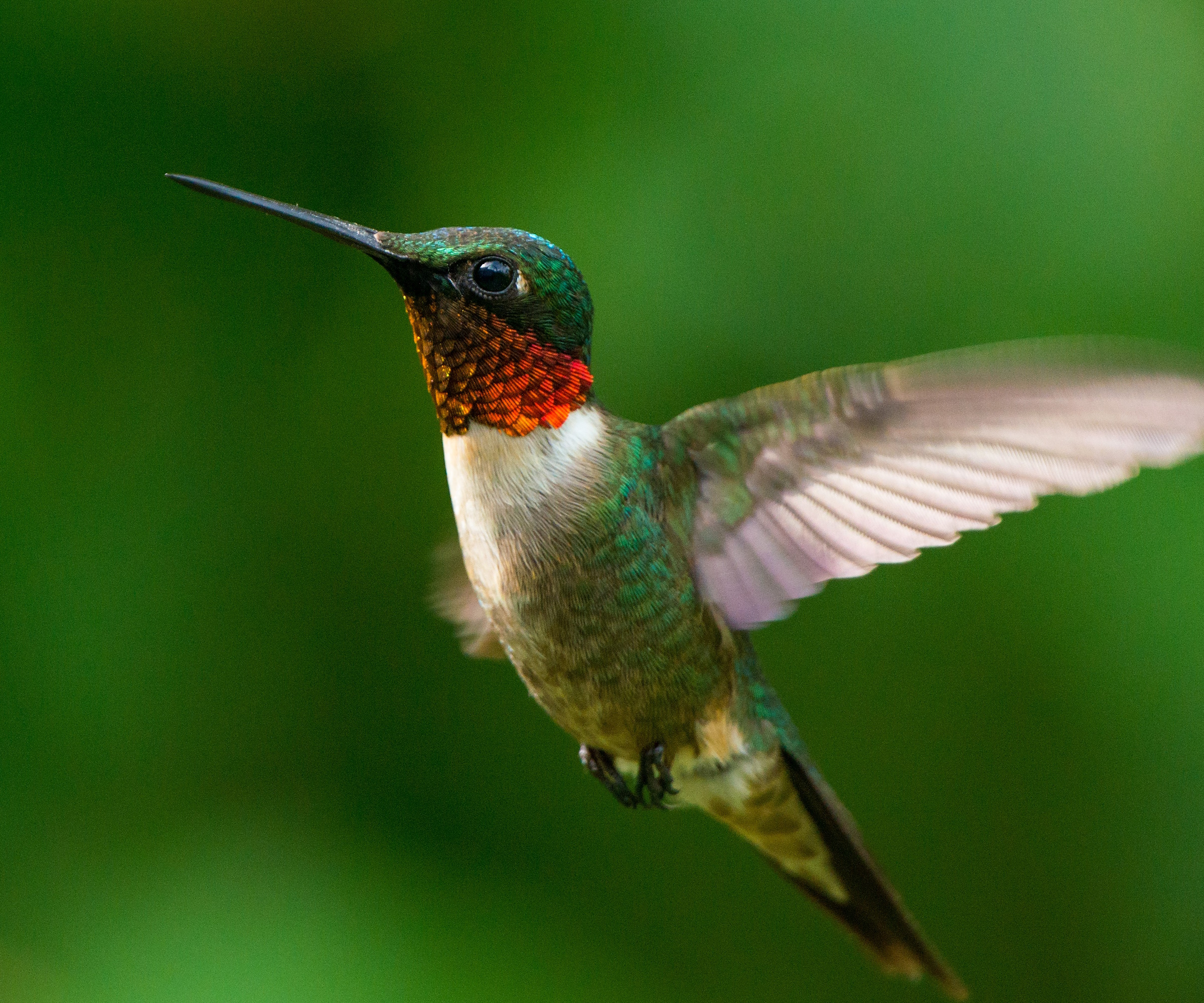
How you can help the hummingbird migration
From summer, hummingbird migration begins across the United States, meaning that these colorful pollinators will be spotted in many states as they journey southwards.
In northern, cooler US hardiness zones, such as in Alaska or Michigan, this migration will happen much sooner than in southern locations, such as California or Florida, where some hummingbirds may even remain for the winter.
In terms of when do hummingbirds return from migration, most stay in warmer zones until the spring, when temperatures begin to rise, so you might not see them again until April or even May, depending on where you live.
There are approximately 15 native hummingbird species that move between the US and Central America each year, and the US Fish and Wildlife Service advises that for these migratory hummingbird species, it is especially important that they can access enough food resources along the way. Here, wildlife experts reveal how you can help.
1. Leave flower stems in place
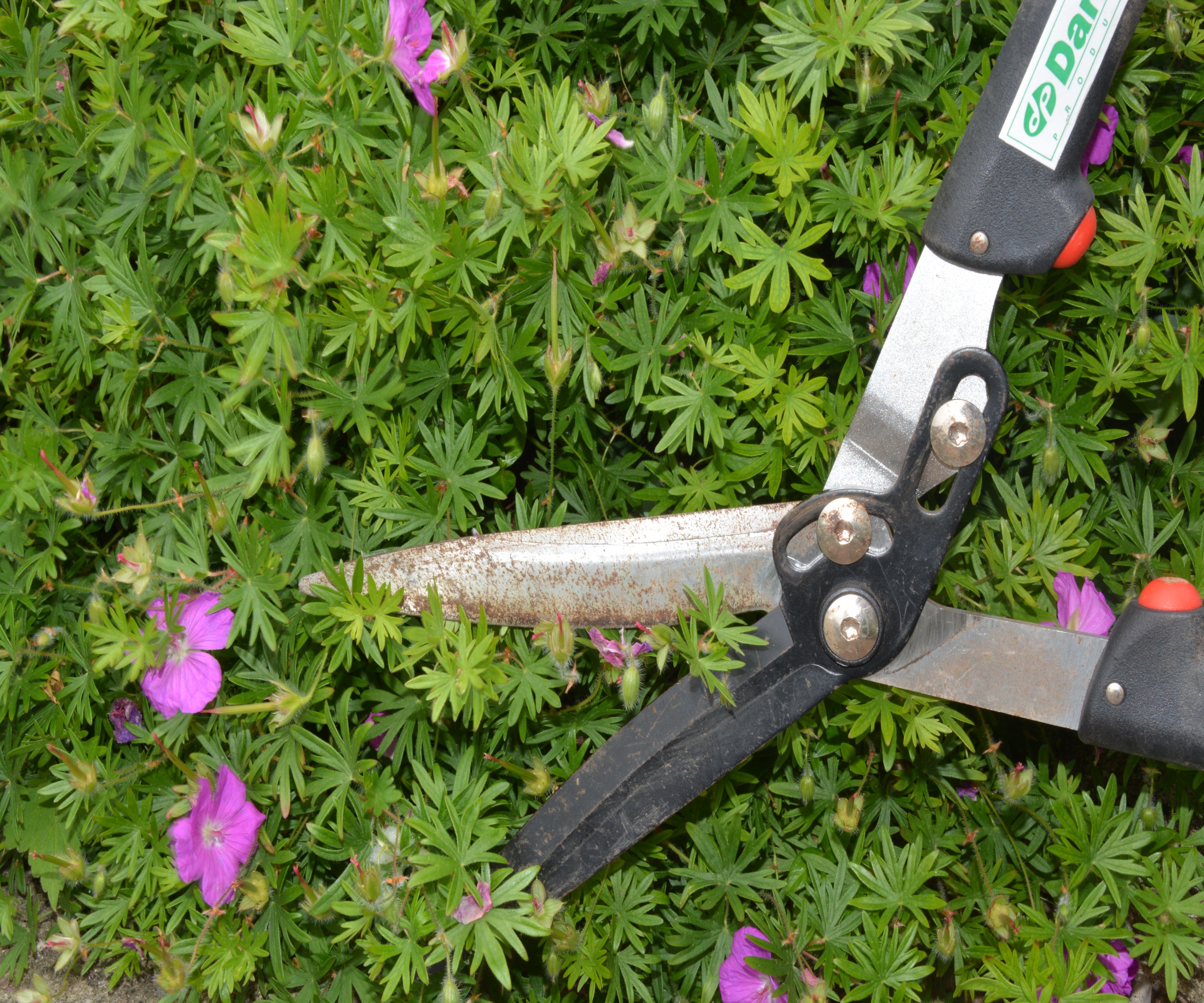
Hummingbirds need plenty of energy as they migrate, capable of reaching speeds of up to 30mph and travelling great distances each day. To maintain speed, they must feed continuously throughout the day, with some species, such as the ruby-throated hummingbird, snacking on the nectar of more than 1,000 flowers each day. So, the more flowers we can provide for these pollinators, the better.
'There are many ways that we can help migrating hummingbirds as they make their way south,' says Reese Robbins, garden expert and creator of Just Pure Gardening. 'But perhaps the most important is ensuring that we grow plenty of native flowers and leave flower stems standing late into the season.'
'Plant late-blooming, nectar-rich perennials like salvia, bee balm, and trumpet vine to give them lots of feeding options,' Reese adds. 'I would also advise against spraying your plants with any chemical or pesticides, as insects are a key protein source for hummingbirds, so should be plentiful in your yard.' Native black-eyed susan live plants are available from Amazon, and would be a tasty snack for any passing hummingbirds.
'There are hundreds of native flowers that attract hummingbirds,' agrees wildlife expert Melissa Lackey. 'Here in Florida, hummingbirds love to feast on the nectar of flame vine, fire bush or the firecracker plant, just be sure to leave blooms and stems on the plant until the fall.
'Simply load your garden with red tubular-shaped flowers,' Melissa says, 'and any migrating hummingbirds will come.' Another attractive option is rainbow-colored lantana plants, available to order from Amazon.
One recent study by the University of Wyoming confirmed the importance of native plants, stating that many hummingbird species are specialists, feeding only on one or a few species of flowering plants. Ensuring that we grow native plants in our yards is, therefore, vital.

Reese L. Robbins is the founder of Just Pure Gardening, a site full of fruit and vegetable growing guides, garden ideas, and garden product reviews.

Melissa is a wildlife expert with a keen interest in butterflies. She is the secretary for the Broward Chapter of The North American Butterfly Association. Each summer, they collect data to count species, as well as promote sustainable gardening practices to attract and nurture Florida species.
2. Provide water and nectar
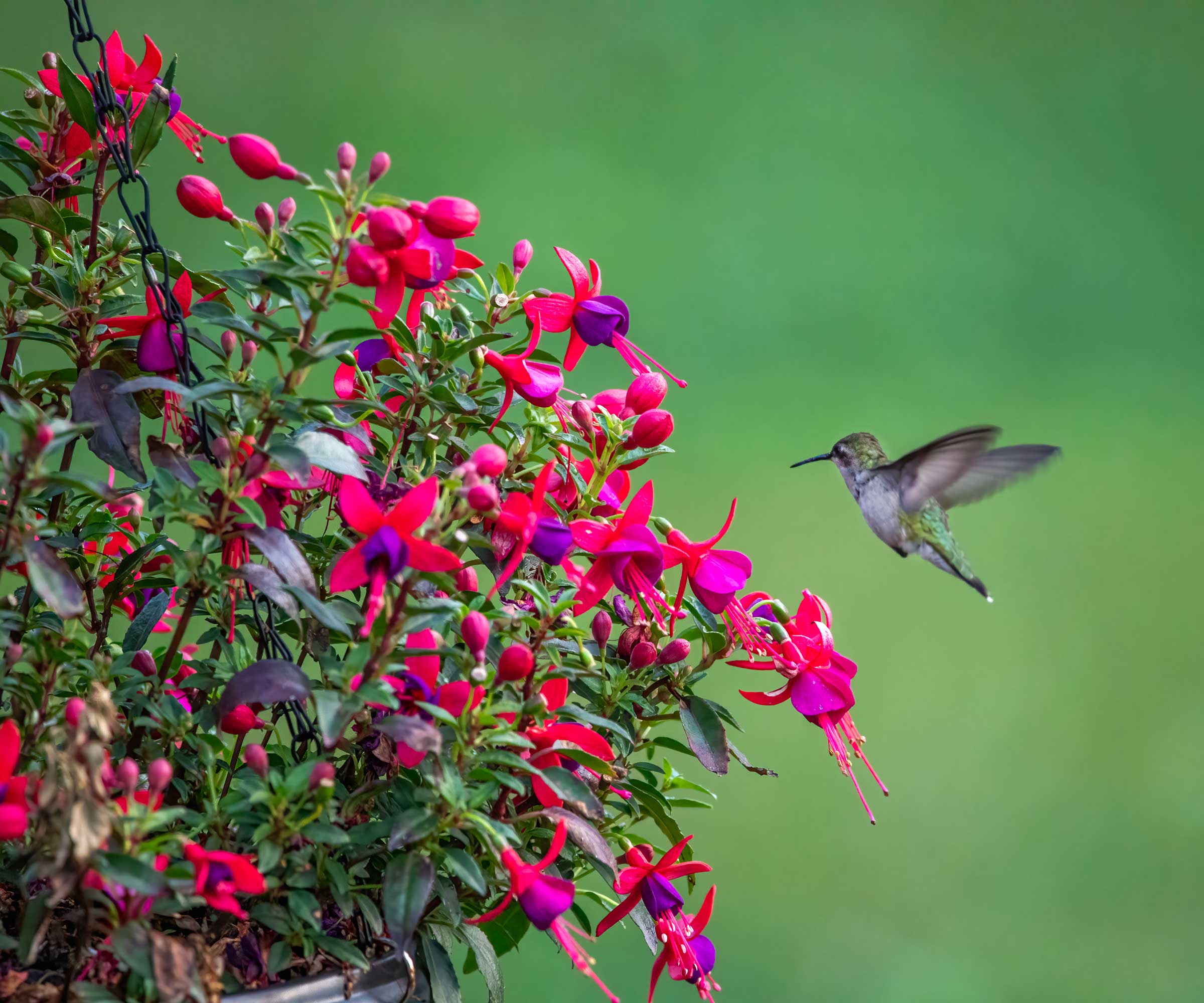
It is a good idea to install one or two hummingbird perches in your yard, to give visiting hummingbirds a secure spot to perch where they can observe their surroundings.
'Hummingbirds need rest during their long migration,' Reese Robbins adds. 'So it is important to provide safe perching spots where they can take breaks.' Many cost-effective perch options are available, like these hummingbird swings from Amazon.
'It is also a good idea to have one or two hummingbird feeders in your yard,' Reese continues. 'Be sure that your feeders are clean and filled with fresh sugar water (a mix of 1 part sugar to 4 parts water). This provides a crucial energy source for the birds during their long journey.' Another option is hummingbird nectar, available to buy online from Amazon.
Finally, Reese recommends maintaining a water source in the yard. 'Keeping a shallow bird bath in your yard is a good idea, as it will keep hummingbirds hydrated and cool as they travel. Just be sure to change the water frequently to prevent any mold build-up.'
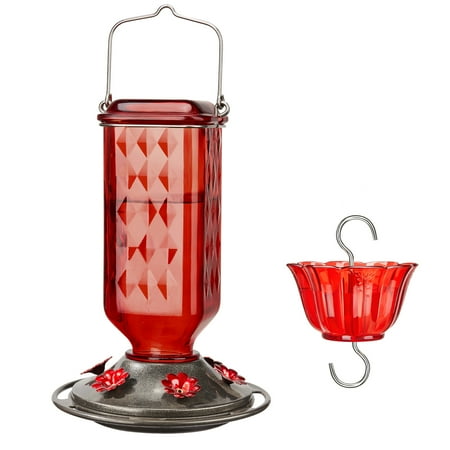
With an attractive design, this glass hummingbird feeder includes 6 flower-shaped feeding spots with perches to accommodate multiple migrating hummingbirds.
3. Prevent collisions
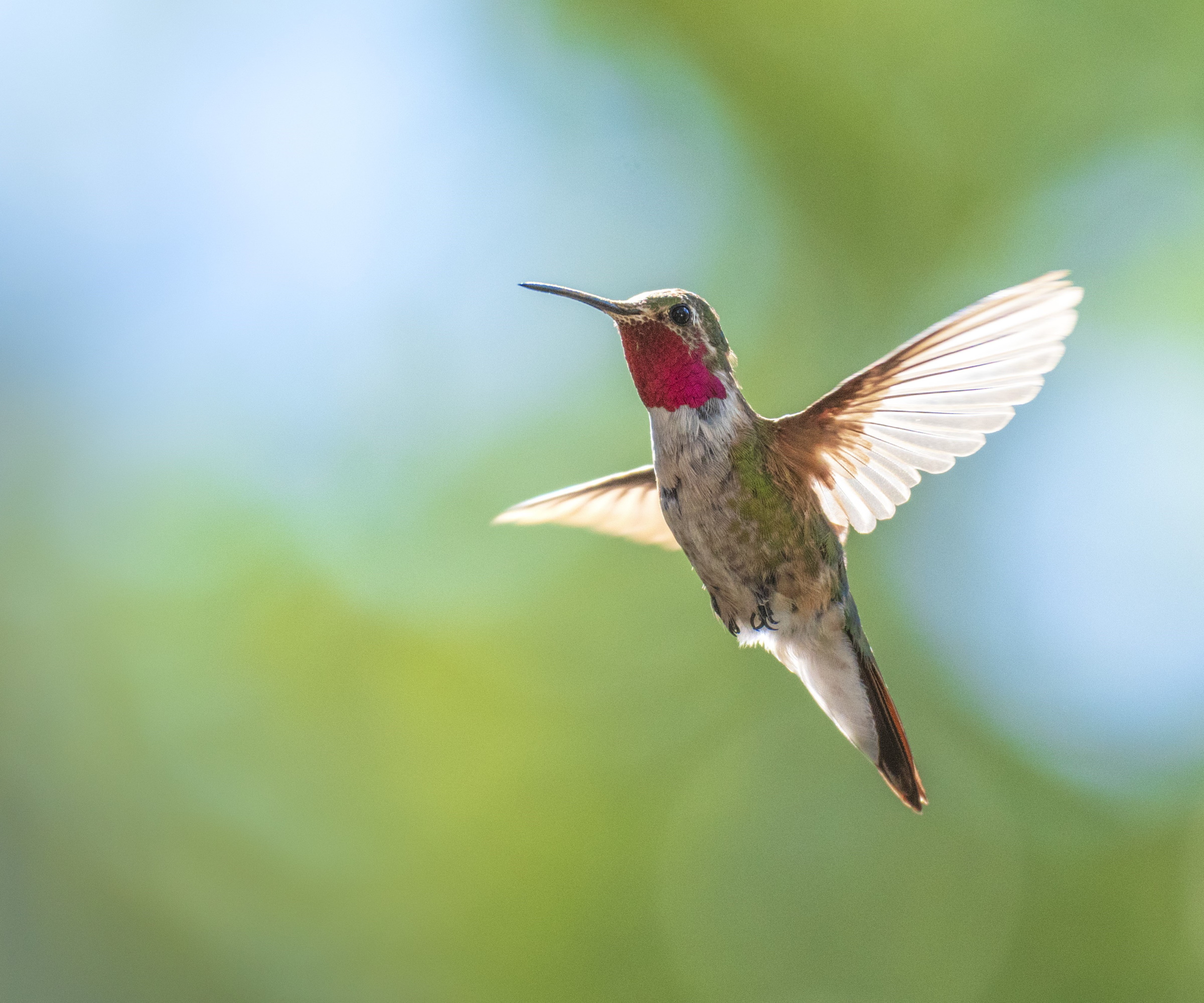
In new surroundings, migrating birds can often get confused and collide with windows or garden buildings which can be fatal. One study by the US Fish and Wildlife Service and the Smithsonian Institution estimated that between 365 million to one billion birds are killed annually in the US due to collisions with buildings. One trick is to use anti-collision window stickers, available from Walmart, which will help birds steer clear of your windows.
In addition, 'migrating birds need dark sky as they travel at night,' Melissa Lackey adds. 'Bright city lights and spotlights can disorient them. If possible, turn your lights down or off.' If you have uplighting in the yard, or festoon lights, it is a good idea to keep usage to a minimum during late summer to help travelling birds.
'This is important, but especially in September when most of the migration happens,' Melissa continues. 'Try to keep any yard lighting off, or at least not shine above a 90-degree angle.'
4. Keep a watchful eye on different species
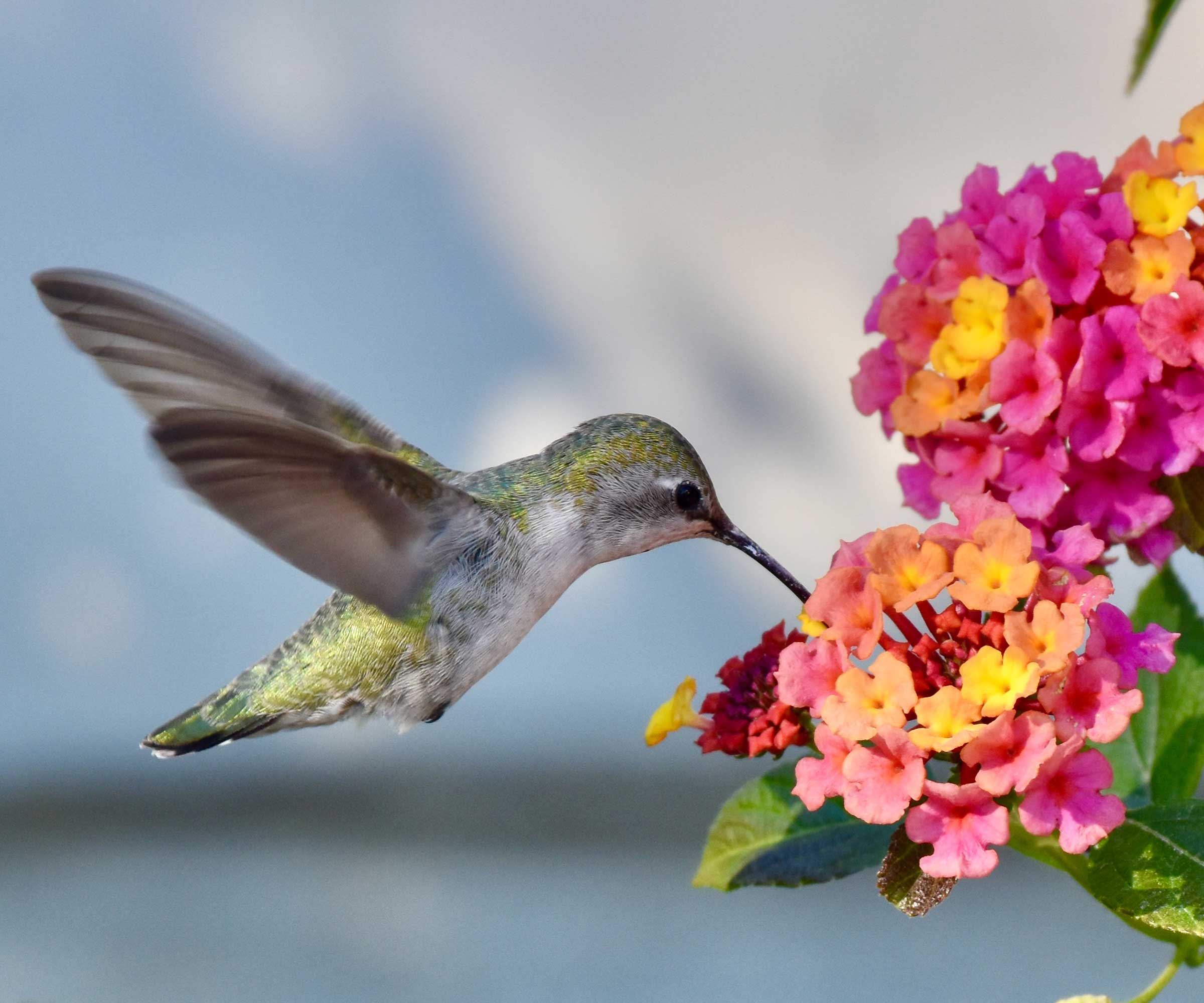
If you enjoy the sight of these miniature marvels, then I recommend taking part in a spot of bird watching this year. Observing the species in your yard can help with vital research to identify the flight paths and populations of native hummingbirds. The National Parks Service has more information regarding hummingbird monitoring.
Finally, if you fancy yourself as a wildlife photographer, why not invest in a hummingbird feeder camera? These backyard gadgets will allow you to take close-up images of migrating hummingbirds, in staggering detail. Hummingbird feeder cameras are available from Amazon.
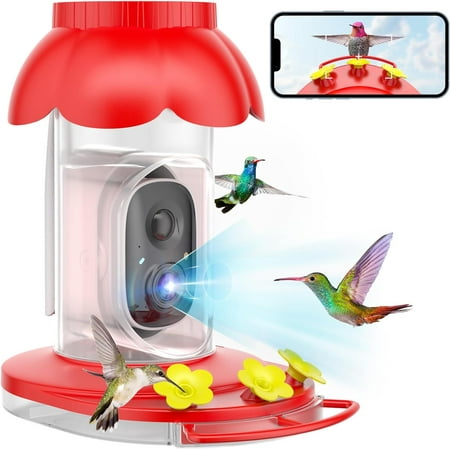
This hummingbird feeder comes with an inbuilt camera and connects seamlessly to your Wi-Fi, allowing you to monitor hummingbirds in real time.
FAQs
When do hummingbirds make the return journey northwards?
Hummingbirds remain in Mexico and elsewhere in Central America for most of the winter. They will return north in late winter and early spring, typically arriving in southern regions around February and March, and northern regions by April and May.
Are cats a problem for migrating hummingbirds?
Cats are predators of many garden birds, including hummingbirds. Ensure that any feeders, perches, or bird baths are beyond the reach of your cats, or keep an eye on your pets when they are out in the yard.
So, now is the time to grab your bird-watching binoculars and get out in the yard. By following our simple steps, you will be able to observe and enjoy traveling hummingbirds in all their glory. For more wildlife information, see our guide on how to care for hummingbirds in winter, or for migratory information, see our feature on the monarch butterfly migration, another remarkable journey from the US southwards to Mexico that takes place each summer.
Sign up to the Homes & Gardens newsletter
Design expertise in your inbox – from inspiring decorating ideas and beautiful celebrity homes to practical gardening advice and shopping round-ups.

Thomas is a Content Editor within the Gardens Team at Homes and Gardens. He has worked as a professional gardener for both public spaces and private estates, specializing in productive gardening, growing food and flowers. Trained in Horticulture at the Garden Museum, he has written on gardening and garden history for various publications, including The English Garden, Gardens Illustrated, Hortus, The London Gardener and Bloom. He has co-authored a Lonely Planet travel book, The Tree Atlas, due out in 2024.
-
 5 things people with clean upholstery always do – simple, quick and oh-so-effective
5 things people with clean upholstery always do – simple, quick and oh-so-effectiveEnsure your furnishing looks clean year-round with these expert tips
By Seraphina Di Mizzurati Published
-
 7 native perennials to plant in April – for glorious flowering displays to attract bees, butterflies, and hummingbirds
7 native perennials to plant in April – for glorious flowering displays to attract bees, butterflies, and hummingbirdsDiscover some of the best perennials to plant in April to make your garden a hotspot for wildlife
By Drew Swainston Published
-
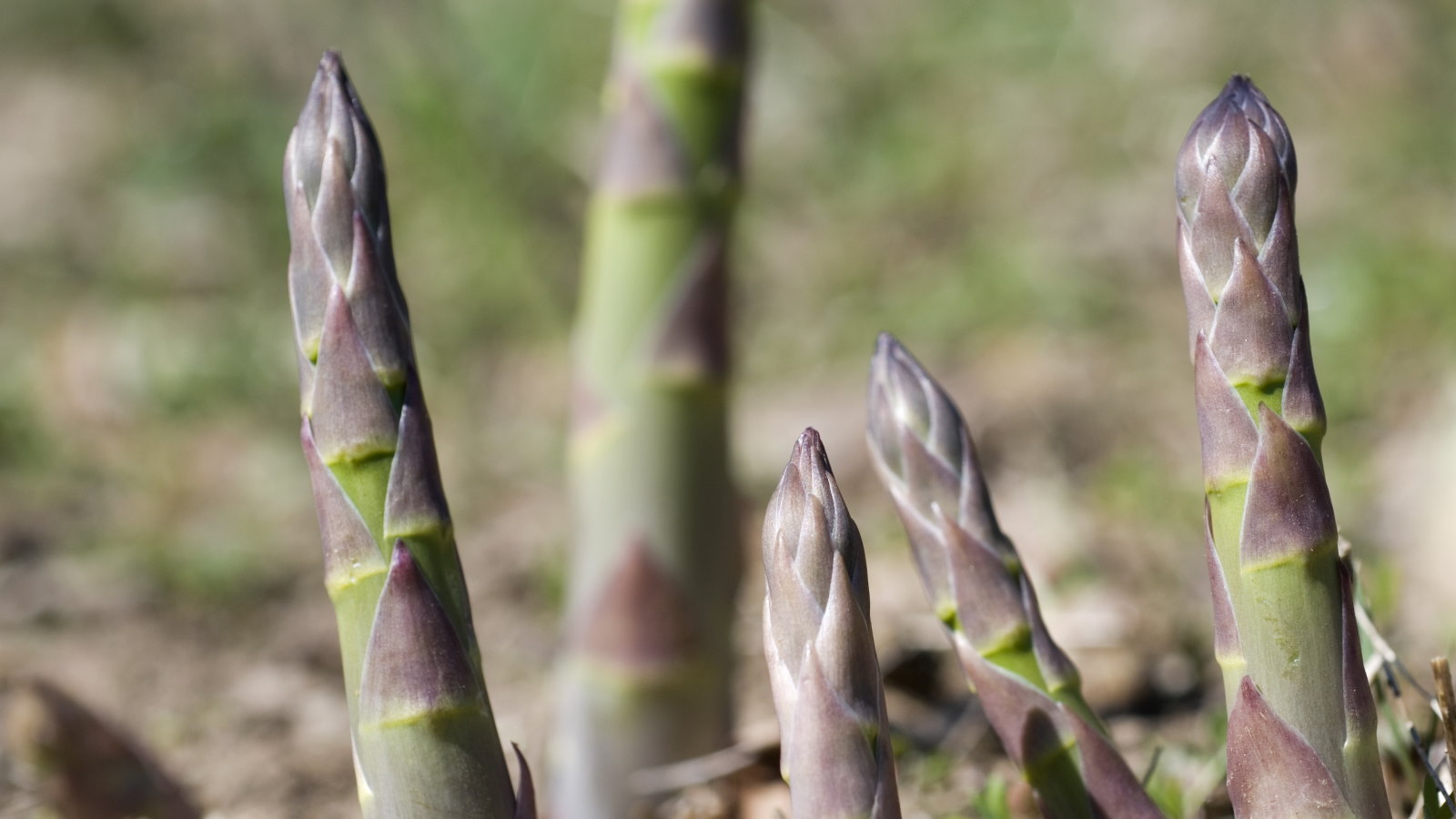 When and how to divide asparagus – expert tips to rejuvenate older plants for better yields
When and how to divide asparagus – expert tips to rejuvenate older plants for better yieldsDividing asparagus crowns is simple and rewarding, but you must get the timing right
By Drew Swainston Published
-
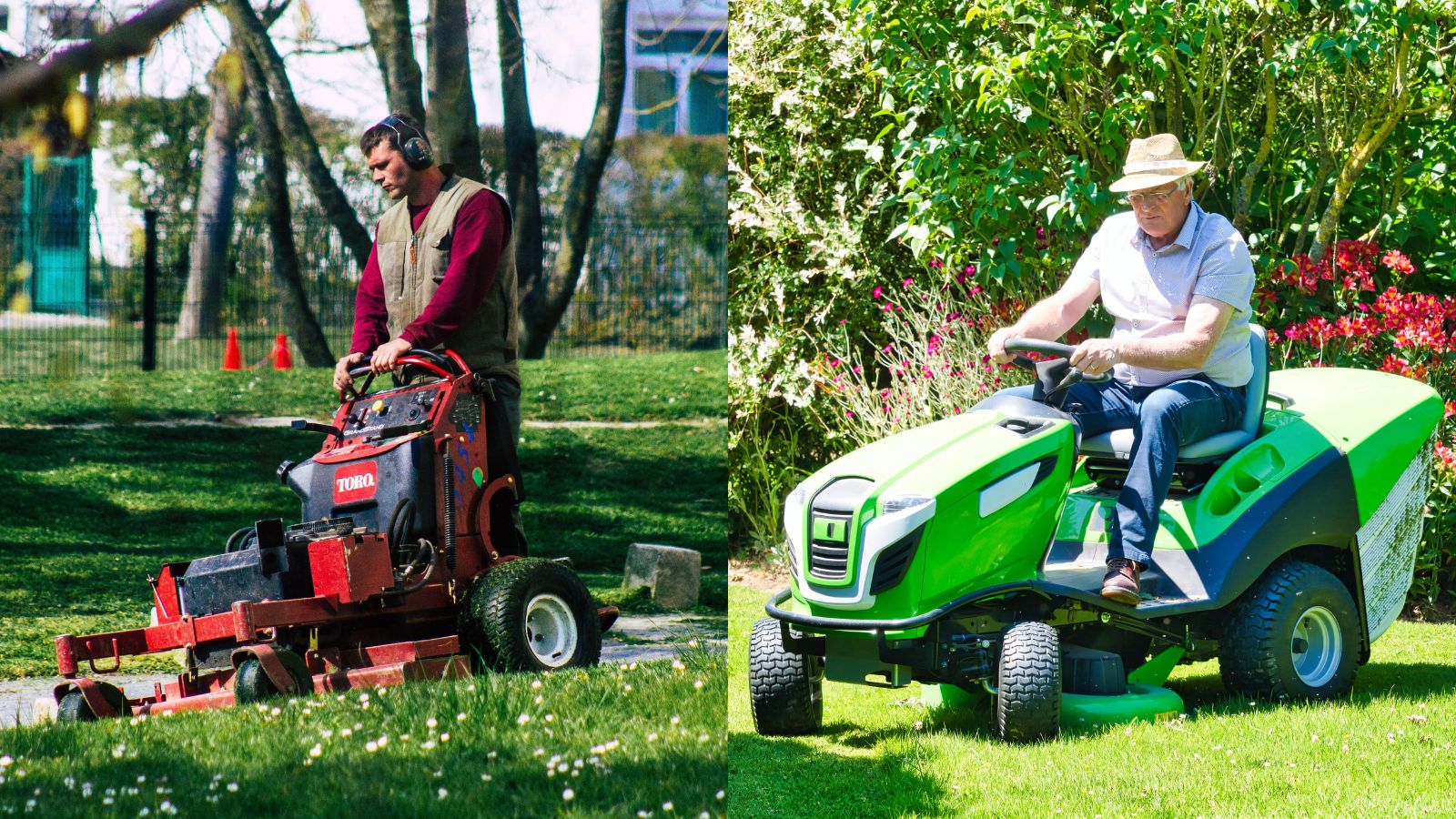 Standing mowers vs riding mowers – a mowing expert reveals which is best
Standing mowers vs riding mowers – a mowing expert reveals which is bestStanding mowers vs riding mowers is a heated debate among landscapers. I spoke to a landscaping expert to find out if standing mowers really are the best
By Alex David Published
-
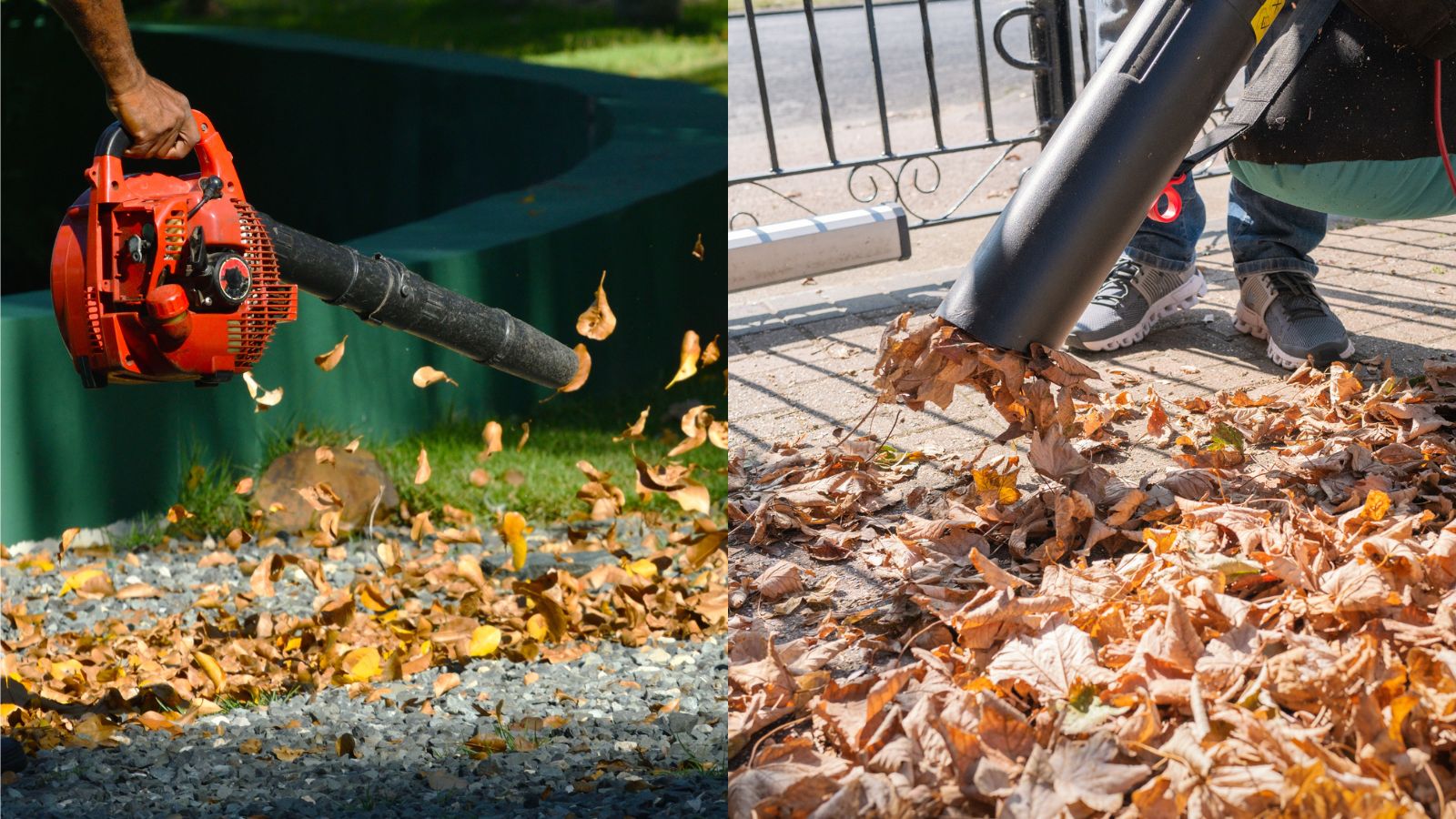 Leaf blowers vs leaf vacuums – which is best for your yard, and should you bother with either?
Leaf blowers vs leaf vacuums – which is best for your yard, and should you bother with either?It's not obvious which is best between leaf blowers v leaf vaccums. As a product tester, this is all you need to know about these controversial yard tools
By Alex David Published
-
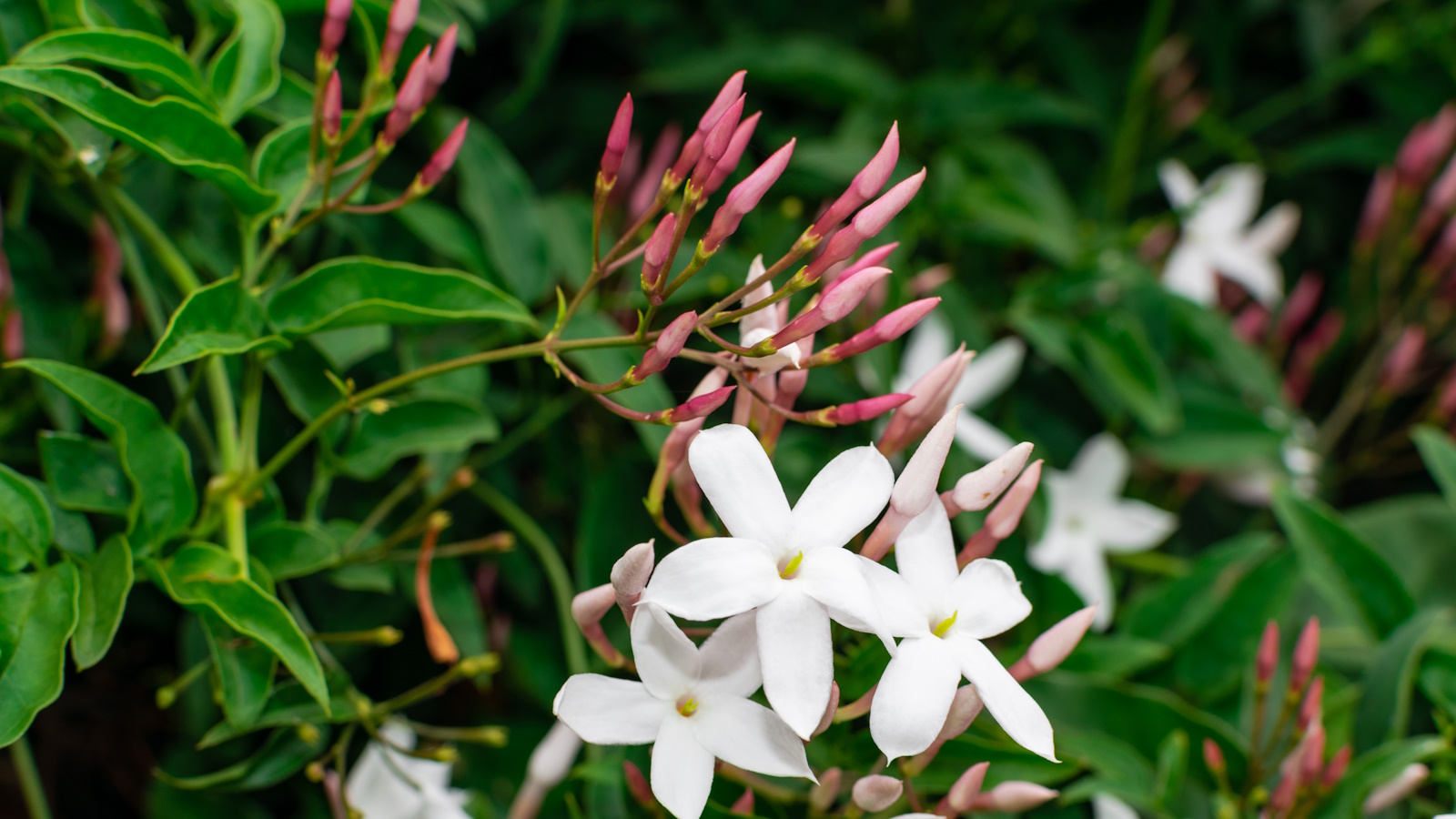 Pruning jasmine in late summer will ensure your plants bloom better than ever next year
Pruning jasmine in late summer will ensure your plants bloom better than ever next yearTiming is critical when pruning summer-flowering climbers
By Thomas Rutter Published
-
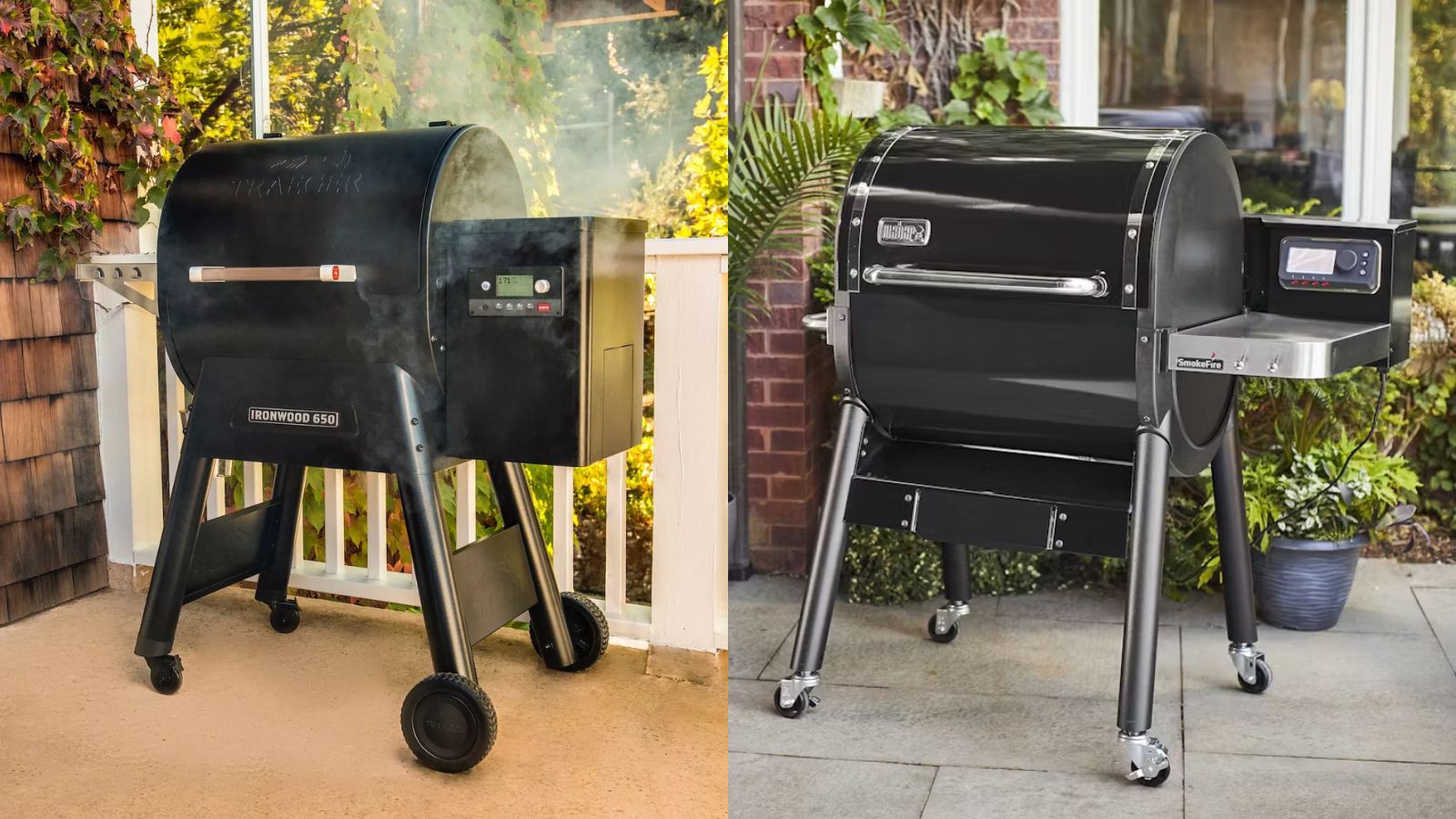 Weber vs Traeger – which pellet grill should I buy? Advice from a product tester
Weber vs Traeger – which pellet grill should I buy? Advice from a product testerThey're two titans of the grilling game, but who comes out on top between Weber vs Traeger? As a product tester, this is all you need to know about the brands
By Alex David Published
-
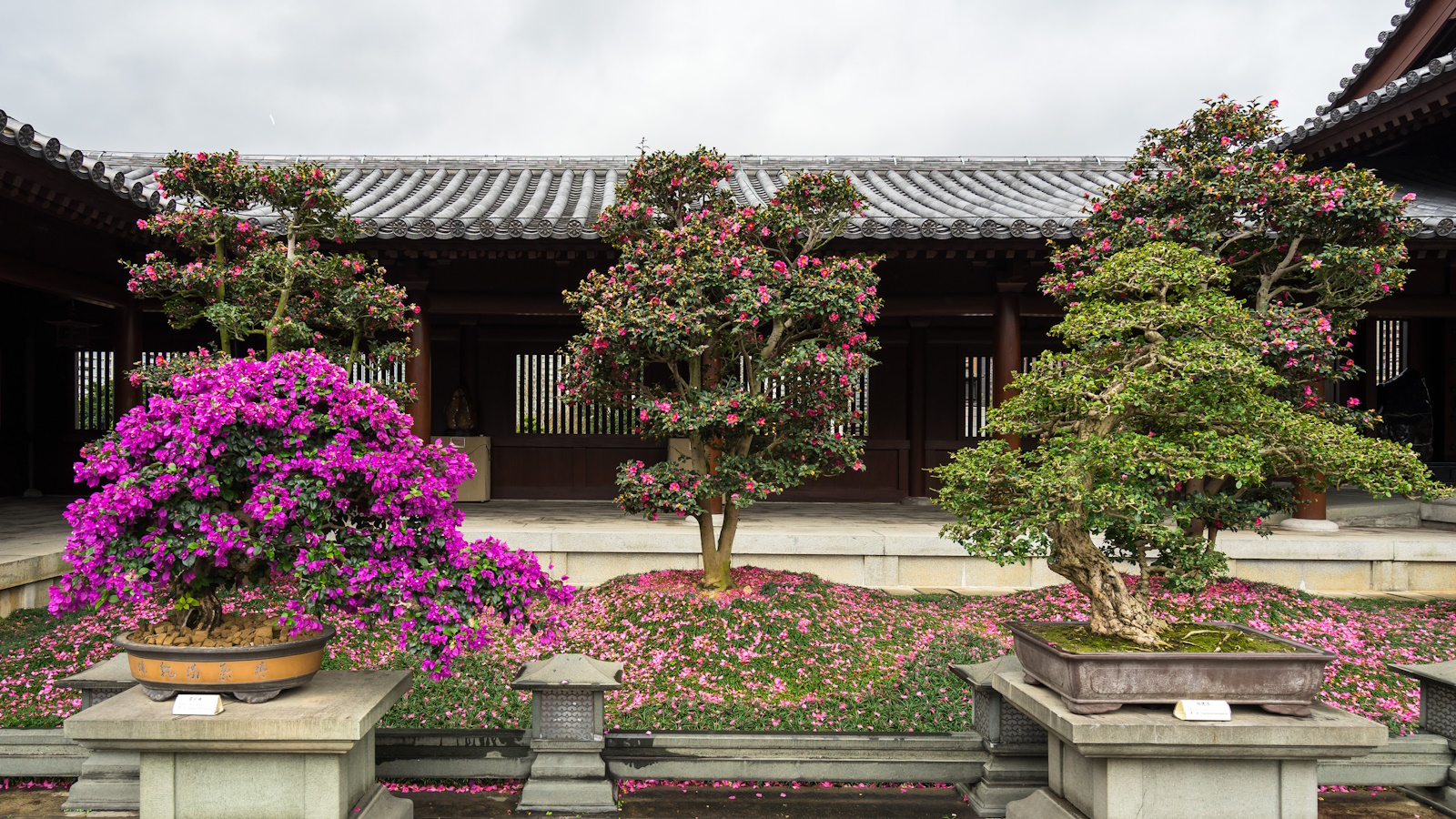 Bougainvillea in miniature – with a little patience, anyone can grow these vibrant plants in bonsai form
Bougainvillea in miniature – with a little patience, anyone can grow these vibrant plants in bonsai formGrowing bougainvillea bonsai trees can add impact to even the smallest of spaces
By Thomas Rutter Published
-
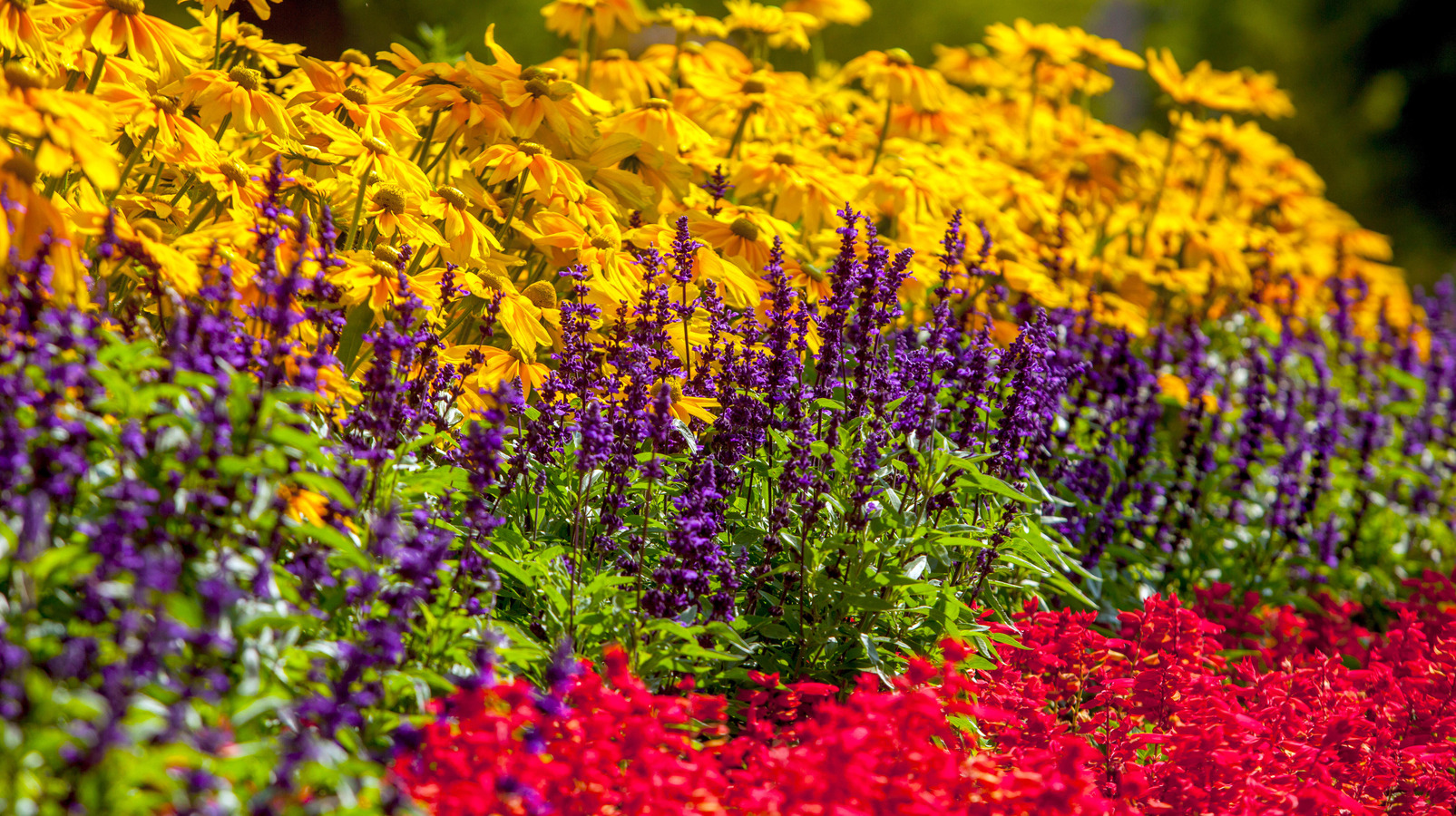 10 low maintenance, drought tolerant plants – for a beautiful and undemanding landscape
10 low maintenance, drought tolerant plants – for a beautiful and undemanding landscapeExpert plant picks for a thriving dry garden, that will make life easier and more colorful
By Jacky Parker Published
-
 How to grow eastern redbuds – the cherished native tree with striking spring blooms
How to grow eastern redbuds – the cherished native tree with striking spring bloomsAdaptable and reliable, eastern redbuds are tough trees that will not disappoint
By Thomas Rutter Published